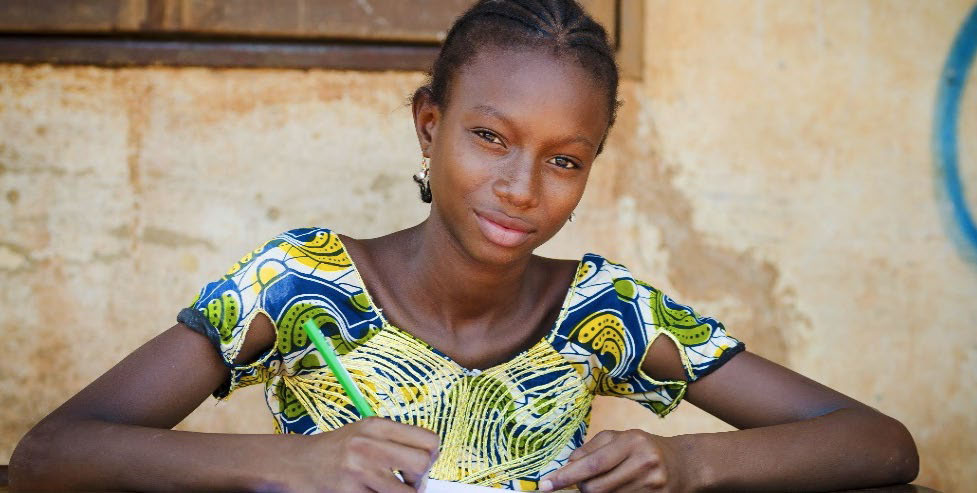YouthPower2: Learning and Evaluation

Overview
- Objective: GSDI is a subcontractor of a consortium, led by Making Cents International, that was awarded USAID's Youth Power 2: Learning and Evaluation (YP2LE) contract to deepen the integration of positive youth development (PYD) evidence and best practices into youth programming, ensuring more sustainable change.
- Initiative/Approach: YP2LE activities are designed to examine the impact of cross-sectoral youth programming, in collaboration with USAID, YouthPower implementing partners, PYD researchers, youth-led and youth-serving organizations, individual young change-makers, and other relevant stakeholders.
- Findings: The goal of this three-year activity is to give practitioners the information, tools, and resources they need to develop high-quality, impactful, and sustainable youth programs, allowing empowered youth, working with supportive adults, to create the kind of sustainable change in individuals and systems that leads to self-reliance.
Details
2020 – 2021: GSDI researchers have recently concluded a systematic review designed to better understand opportunities for addressing the varied needs of vulnerable and marginalized youth populations. The primary review questions addressed included:
- How are vulnerable and marginalized youth populations defined?
- How do experiences of marginalization promote or limit a youth’s ability to access, participate, and thrive in PYD programs?
- What resources and tools for capturing the experienced of marginalization exist to inform future PYD programming?
2021 – 2022: GSDI researchers are beginning another systematic review designed to better understand how to build community resilience and support youth in LMICs. The primary questions to be explored include:
- What are the specific “building blocks” or best practices shown to lead to improved community-level resilience capacities?
- What specific programs and program approaches (e.g., cross-sectoral or sector-specific focus) have been successful at mitigating the impact of shocks and stressors on youth health outcomes?
- How are programs measuring community resilience? To what extent have programs focused on promoting community resilience and related youth health outcomes been evaluated?
- What – if any – community-level resilience capacities are associated with improved health and health-seeking behaviors of youth during/immediately following a crisis?
- To what extent are communities (especially health centers, programs) able to mitigate the effects of shocks and stressors regarding youth health and health-seeking behaviors?
For more information visit youthpower.org.
